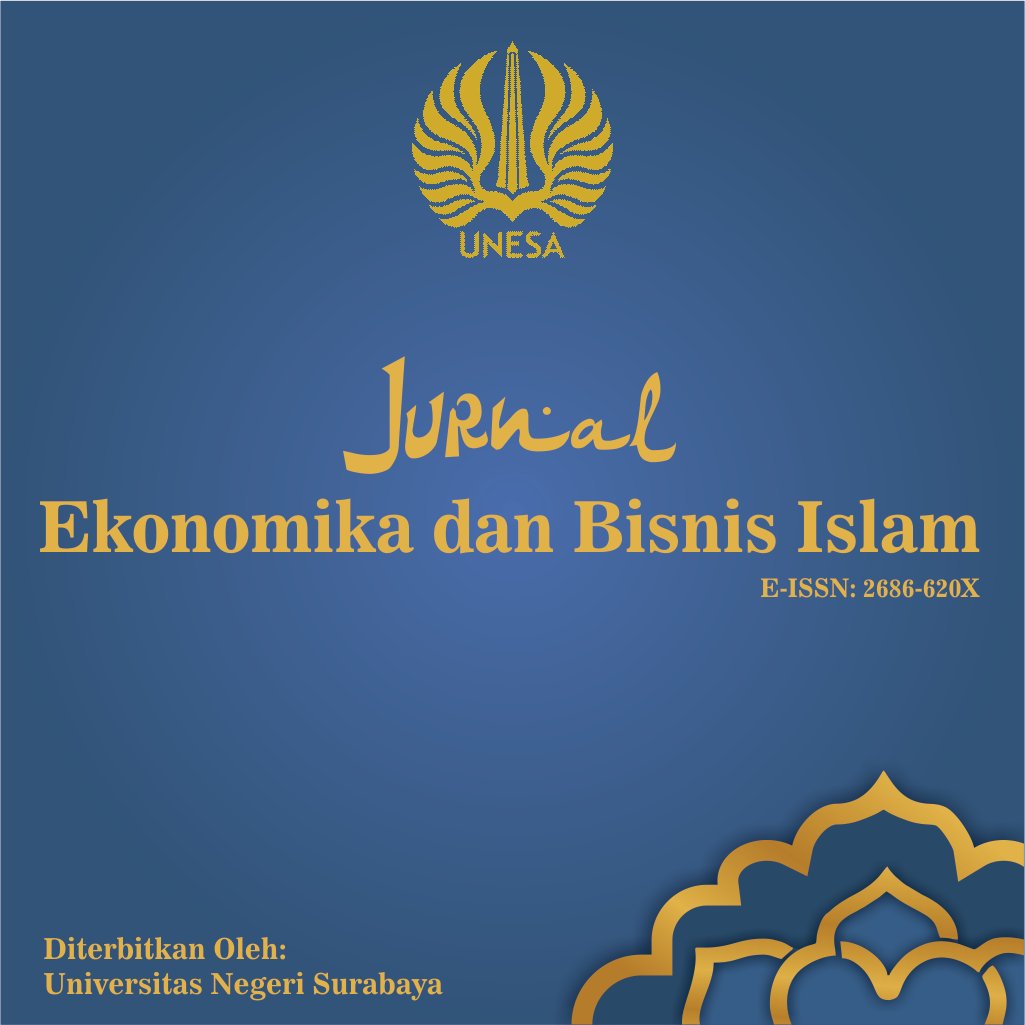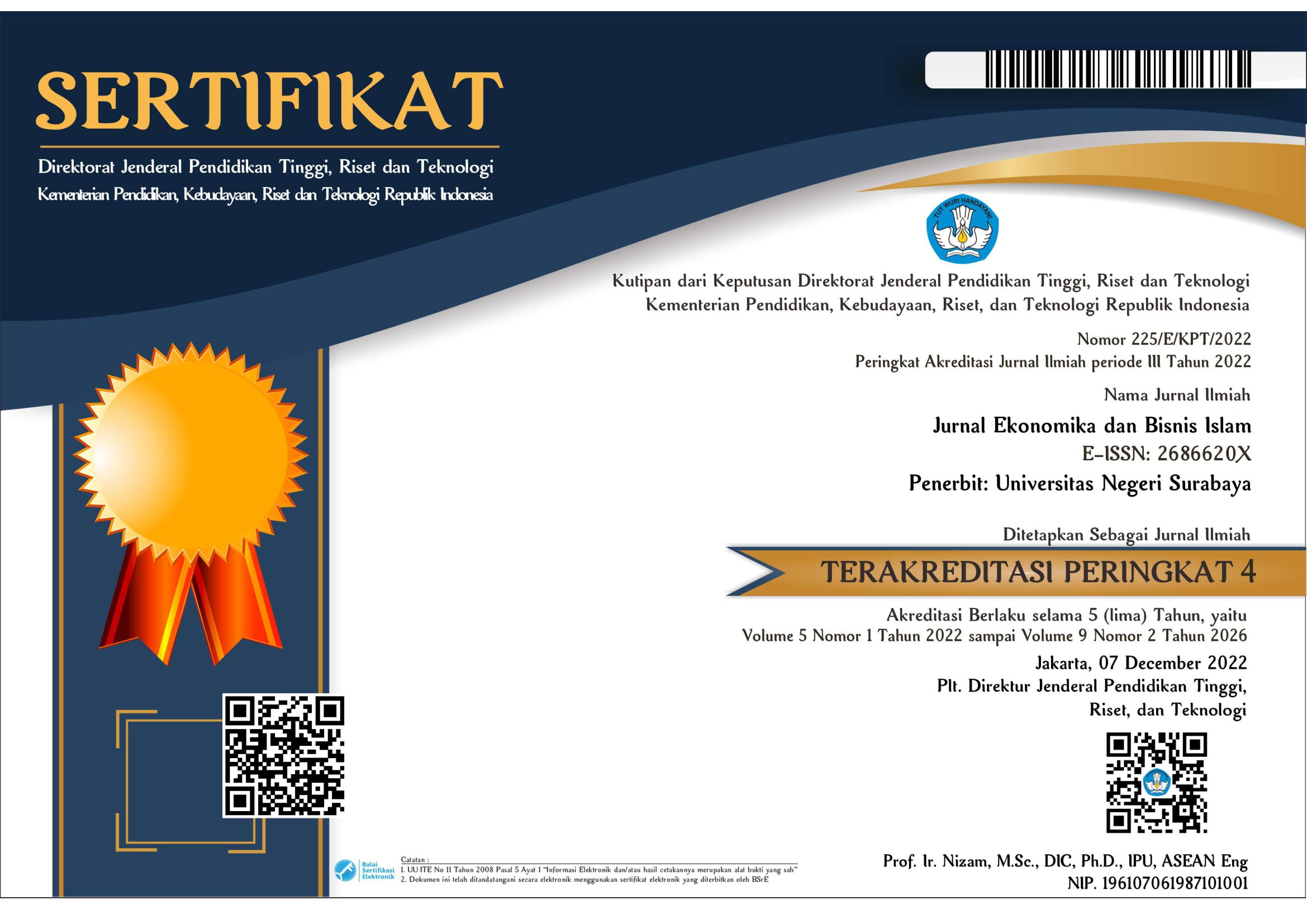Penerapan Model UTAUT Terhadap Minat dan Perilaku Masyarakat Kota Surabaya Menggunakan Mobile Banking
DOI:
https://doi.org/10.26740/jekobi.v7n1.p18-30Keywords:
mobile banking, UTAUT, interest, behaviorAbstract
This research aims to analyze the application of the UTAUT model to the interests and behavior of BSI mobile banking users in the city of Surabaya. The research method applied is through a quantitative approach, with primary data collection through distributing questionnaires in the form of Google from. Samples were taken using a purposive sampling method with the criteria being residents of Surabaya City, aged between 17 and 60 years, and had used BSI mobile banking services. The implications of the research results show that constructs in the UTAUT model such as performance expectancy, effort expectancy, social influence have a significant influence on interest in using BSI mobile banking. Meanwhile, facilitating conditions and interest have a significant influence on BSI mobile banking usage behavior. By implementing the UTAUT model, understanding the interests and behavior of BSI mobile banking users can be done comprehensively.
References
Amofah, D. O., & Chai, J. (2022). Sustaining Consumer E-Commerce Adoption in Sub-Saharan Africa: Do Trust and Payment Method Matter? Sustainability, 14(14), 8466.
APJII. (2020). Survei Penetrasi dan Perilaku Penggunaan Internet. Https://Apjii.or.Id/Survei.
BSI. (2023). Bank Syariah Indonesia. Https://Ir.Bankbsi.Co.Id/Corporate_history.Html.
Hair, J. F. (et al). (2010). Multivirate Data Analysis. Seventh Edition.
Indonesia, B. (2022). Statistik Sistem Pembayaran dan Infrastruktur Pasar Keuangan (SPIP) November 2022. Bi. Go. Id. https://www. bi. go. id
Mulkan, M. (2020). Manajemen Strategi Layanan Mobile Banking Pada Bank Syariah Mandiri (Bsm). Jurnal Manajemen Dakwah, 8(1).
Tampubolon, N. L. I. dan E. S. A. (2015). Bijak Ber- Ebanking. Otoritas Jasa Keuangan (OJK).
Downloads
Published
How to Cite
Issue
Section
License
Copyright (c) 2024 Yunika Printa Angelina, Ach. Yasin

This work is licensed under a Creative Commons Attribution 4.0 International License.
This work is licensed under a Creative Commons Attribution 4.0 International License.
 Abstract views: 958
,
Abstract views: 958
, PDF Downloads: 1056
PDF Downloads: 1056














